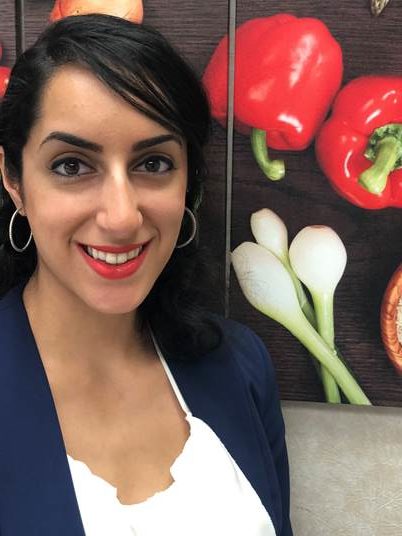By Eleana Kaidanian
With October around the corner, most of us have finally settled into a new routine.
School has been in session for a couple weeks now and activities, whether personal or family oriented, have made their mark on the calendar. It is finally the perfect time of the year to go for a stroll or jog around the block.
As you breathe in the crisp fresh air you may get distracted from the array of colored leaves that have started to blanket the streets, as you expand your gaze it is only then you notice the variety of thick-shelled, seed-laden, pumpkins that sit by your neighbors front doors.
No two are alike, that’s for certain. Some are miniature or giant sized, ranging anywhere from white, forest green, mustard yellow, deep orange or a blend of colors. Some are smooth and others are ferociously bumpy!
Pumpkins are a symbol for welcoming the autumn season, but this vegetable also packs a powerful punch when it comes to your diet.
While the nutritional properties of pumpkins vary by the type, most orange hued winter squashes are a great source of vitamin A, potassium, and fiber.
They are also rich in carotenoids, a type of plant chemical also known as phytonutrients. Carotenoids act as antioxidants in our bodies that are able to deactivate free radicals that can otherwise damage cells.
They also have anti-inflammatory properties offering a natural defense to our immune systems. Pumpkins are also a great source of xanthophylls lutein and zeaxanthin, both of which are famous for supporting eye health.
These are the only carotenoids found in the retina and often the main ingredients in eye care supplements prescribed to those at risk or already affected by age-related macular degeneration and cataracts.
Aside from eye health, lutein is associated with heart health for its ability to help reduce arterial cholesterol.
The seeds also known as pepita, make great snacking for the whole family, offering mineral support to in the form of phosphorus, zinc, copper and iron.
Like other seeds, pepitas contain fiber as well as all 3 macronutrients (fat, protein and carbohydrates). These seeds can be enjoyed on their own, tossed in salads, or sprinkled on yogurt.
Technically speaking, all pumpkins or hard-skinned squash are edible. However, the pumpkins that are generally used for display or as jack-o-lanters are grown for carving and less for cooking intentions.
While most baking recipes call for canned pumpkin out of ease, they consist of a blend of squash, like butternut, that offer less stringy texture and more sweetness than your typical carving pumpkin.
With all types of squash, it is ideal to halve or cut into parts to increase surface area and decrease cooking time.
Put seeds aside to wash and dry for roasting, because who doesn’t love roasted pumpkin seeds? Preheat the oven to 400° F, brush the cut sides of the pumpkin with oil (try avocado or walnut oil) and place on a baking pan for roasting until tender (about 45-60 minutes).
At this point the meat of the pumpkin can easily be scraped from the skin. This prepared ingredient can be pureed for use in recipes anywhere from sweets like pumpkin oatmeal muffins to savory like pumpkin hummus! “How do you like them pumpkins?”
Eleana Kaidanian is a registered dietitian, certified personal trainer, and women’s fitness specialist



